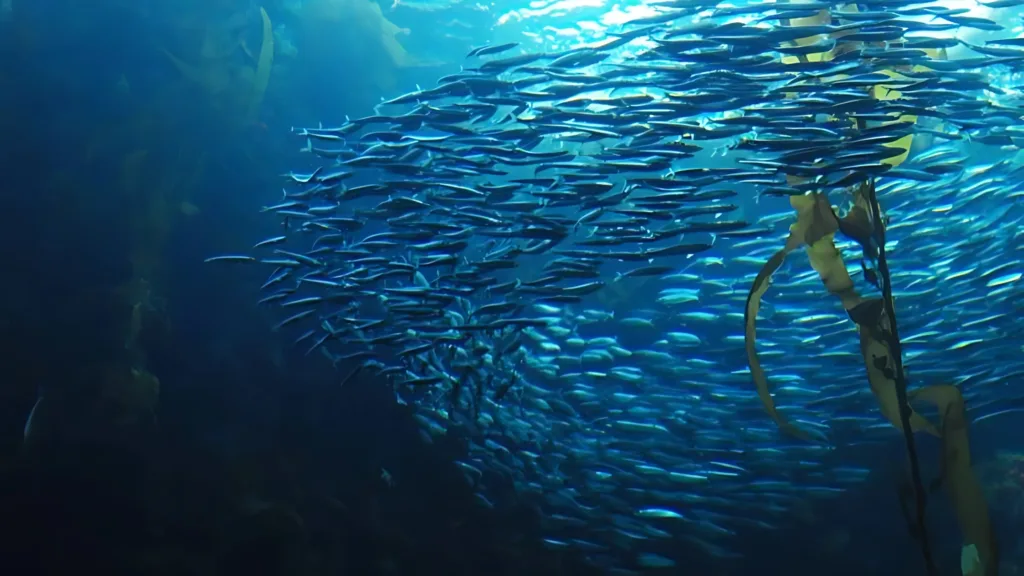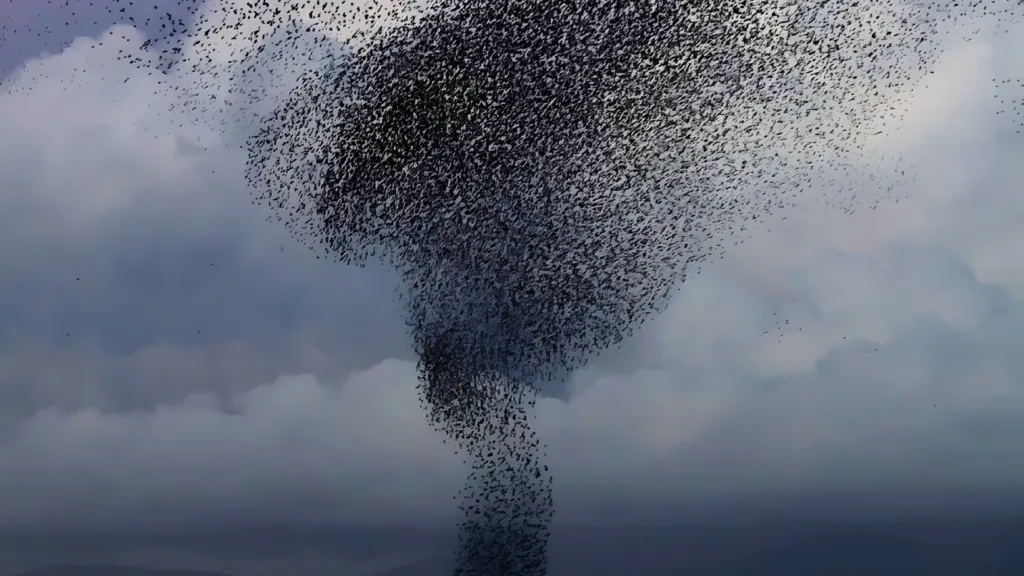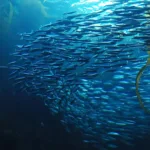Science of Morphic Fields
We’ve all held a magnet and witnessed the invisible magnetic field and used a radio and heard the invisible radio field. Similarly, we can use physical objects or “representatives” to reveal the invisible information of The Morphic Field.
Biologist Rupert Sheldrake postulated his groundbreaking theory in his book, Science Set Free, that we are made up of morphic fields. Sheldrake details that morphic fields are invisible fields, just like radio, cell phone, and electromagnetic fields. Morphic fields are not energy, but are organized by energy; we are not made up of matter -we are made of fields.
Morphic fields are made up of parts, which are in turn- parts of wholes themselves. For example, cells in tissues, tissues in organs, organs in organisms, and organisms in social groups. Each is part of a whole, and that whole is a part of another whole. At each level the morphic field supports the structure of its whole, organizes, balances, and maintains the whole’s form. Animals, plants, crystals, and cells are made of morphic fields.

So, humans and other animals use morphic fields as organizing fields, these fields form and organize our emotions, thoughts and behaviors as well as our societies and cultures.
Our family system is our originating and most influencing morphic field, we can see and feel the inherent structure, balance and organizing qualities operating among the parts and as a whole, especially when we look at the tribal aspects of our family. We can experience all types of fields- such as while driving on a busy freeway at 75 mph, cars weaving in and out, all without crashing into anyone- the freeway’s morphic field supports us as parts of its whole, while organizing and balancing.
We can see visual examples of morphic fields in the animal kingdom. Starling birds fly in shape-shifting murmurations. Each moves together at nearly the same instant. They are moving too quickly to be able to react by watching the bird next to them or by any other ordinary sensory data- the whole flock of starlings is operating through a field. Each starling is a part of that larger system, part of a larger whole. The morphic field of the flock is what links and organizes each bird. Schools of Fish, bees and ant colonies all show obvious influence of fields.
Watch a short video on the field of starlings.
Sheldrake explains, these morphic fields are systems that self-organize, create structure, and have patterns.

We inherit our morphic fields from past members of our systems through “morphic resonance.”
Over and over again, the patterns of our morphic fields (our systems) repeat through morphic resonance and through repetitious process they evolve. So, Morphic Fields do not have a time and space but through resonance they have a memory and we can experience them in time and space.
The fields that develop and maintain of bodily form in plants and animals are called morphogenetic fields. In animals, we use the term morphic fields to define organizing fields. So societies and cultures depend on social and cultural morphic fields. Sheldrake writes, “Consider that the experience of your personal reality will vary immensely depending upon your resonance with social, cultural, psychological, and even biological morphic fields. Social morphic fields overlap with cultural morphic fields that can, in turn, influence psychological and biological morphic fields, and vice versa.”
As humans: our body parts, psyche, thought, behaviors, spirituality, and family systems all have fields. Cultures, nations, the company we work for, schools, our languages, religion, book clubs all are systems with their own morphic fields.





